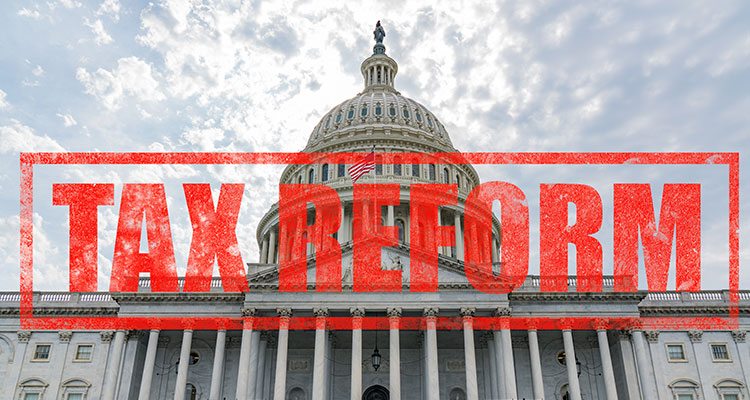Tax Reform – What Does It Really Mean for Americans

President Donald Trump signed a tax reform bill into law late last year, and this bill made major changes to the tax code of the US. In fact, this new tax bill made the biggest changes to the country’s tax code in the last 30 years. The bill now put lower taxes, expanded credits and higher standard deductions in place, which led taxpayers to believe that they would see significantly lower taxes when they filed their returns in April 2018. This, unfortunately, wasn’t the case. The latest research from a non-profit provider of critical tax policy information clarifies the changes in the tax policy more clearly for everyman to understand.
Tax Freedom Day
Tax Freedom Day is a day the Tax Foundation has deemed that all taxes for the year have been paid by everyone in the nation. This figure is calculated in the number of days rather than a dollar amount. So, Tax Freedom Day is a measure of how many days you would need to work to earn enough money to pay off all your taxes. In the last decade, because of increasing taxes, Tax Freedom Day has been pushed back year on year. In 2010, that day was April 9, however, by 2017, Tax Freedom Day was on April 23. Now, in 2018, thanks to the new tax reform, Tax Freedom Day was on April 19, meaning the new tax reforms have cut down the nation’s taxes as a whole. The interesting thing is that not all states in the US have the same designated Tax Freedom Day. More than 36 states had their Tax Freedom Days before the national day, but the rest are still waiting for their day. The most expensive states, Connecticut, New York, New Jersey and the District of Columbia, will have Tax Freedom Day on May 14.

How Much Tax will the average American pay after the Tax Reform?
Data shows that despite all these cuts, the average American still spent more than 3.5 months’ worth of their earnings on taxes. Last year, Americans had to pay 46 days’ wages to pay their taxes. Now, with the new tax reform, that figure has come down to 44 days’ of wages. Payroll Taxes haven’t changed after the tax reform and you would still need to pay 26 days’ of wages to pay these taxes. The same goes for Sales and Excise taxes; they remained the same and would shave 15 days’ wages to be paid off. Corporate income taxes went down from 10 days’ wages to 7, while property taxes went up from 10 days’ worth of wages to 11.
Lowering your personal Tax Freedom Numbers
You can make your tax burden a little lighter by taking advantage of the new tax reform laws such as availing higher standard deductions, lower rates on your income and bigger child tax credits. Also continue to contribute to tax-favored accounts such as 401(k)s and IRAs to save on your taxes.











